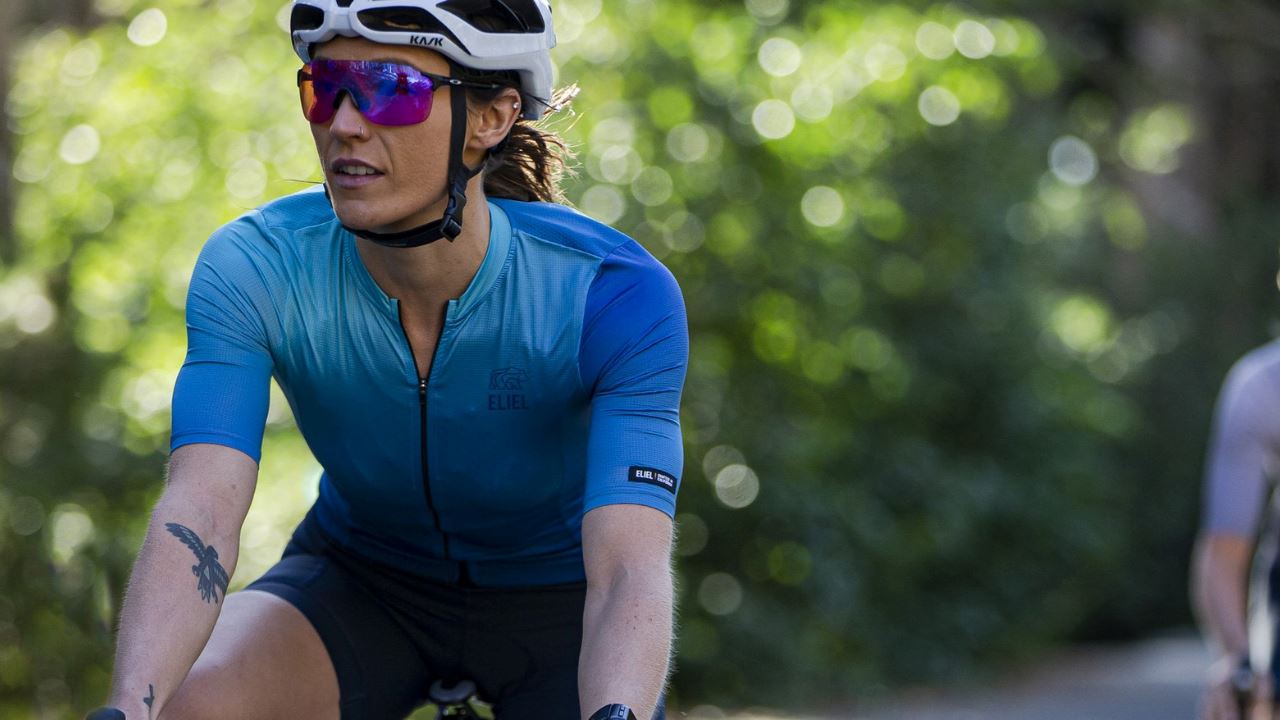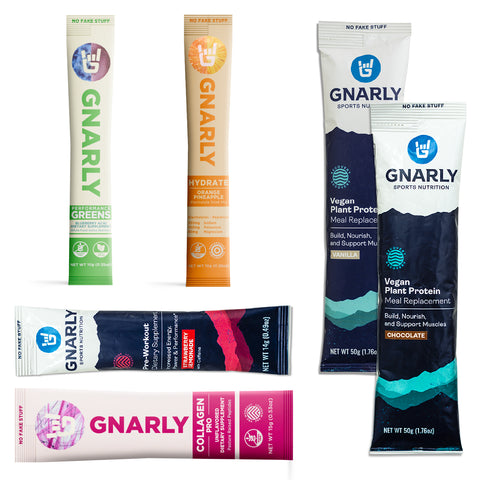Legend has it, the first known marathoner Pheidippides ran 25 miles from the Marathon battlefield to Athens. After completing the most amazing athletic feat of his time, he yelled “Victory!”, delivering news to the Athenians that they had claimed victory over the Persians. He then collapsed and died of exhaustion.
If only he had a hydration plan.
The Dangers of Dehydration
Our body is made up of 50-70% water. Hydration affects our thermoregulation, and cardiovascular function.
Thermoregulation, our body’s ability to regulate temperature, is highly affected by how much water your body contains, and can play a role in preventing heat related illness by means of evaporative cooling. If it’s not working properly we are at major risk for heat stress, exhaustion, and heat stroke.
Hydration and Cardiovascular Performance
In a study done to see how heart rate and core temperature are affected by heat and hydration status the participants were asked to complete a steep, fast-paced walk for 90 minutes at a balmy 91 F under 4 different hydration conditions. The participants who hydrated before and during exercise had a heart rate of 129 and a core temperature of 100.4 F. As you may have guessed, the participants who began dehydrated and were restricted from hydrating during exercise had a much higher heart rate of 152 and core temperature of 102.3 F (Armstrong et al., 1997).
This study teaches us the importance of hydration status pre-exercise. Decreased total blood volume will negatively affect your performance by causing increased strain on the cardiovascular system, which means your heart is working much harder than it should be.

Developing Your Personal Hydration Plan
If your training sessions are low intensity and under 1 hour, you do not need to develop a personal hydration plan. Simply keep water or a sports drink nearby for when you’re thirsty. Prolonged exercise spanning more than 90 minutes, and high intensity training does warrant pre-planned hydration.
If you don’t want your first marathon to be your last (like Pheidippides) it’s important to have a plan for pre, intra, and post hydration.

Pre-Exercise Hydration
Check your pee. An easy way to check your hydration level pre-exercise is to monitor your urine color. Use the Urine Chart!
Drink 16-24 oz of electrolyte-rich water 2 hours-30 minutes before exercise.
Intra Exercise Hydration
To avoid Pheidippides’s consequences (and cramps etc.), your fluid intake should contain electrolytes. Sodium, potassium, magnesium, and calcium are all important for recovery and fluid balance, but sodium should get special attention. Aim for electrolyte replacements that get you close to 500mg of sodium per 24 ounces. You can lose up to 700mg of sodium per 16 oz. of sweat.
So how much should you drink during your event? The American College of Sports Medicine recommends that fluid intake during exercise should not exceed the athletes sweat loss volume.
Learn how to calculate your sweat loss here.
Use this calculation to plan for success. Competition conditions should determine your hydration strategy. Try to simulate your race conditions as closely as possible for best results but use thirst as your ultimate guide.
Warning: While uncommon, athletes can develop Exercise Associated Hyponatremia (EAH) related to excessively hydrating with fluids that lack sodium.ec ullamcorper mattis, pulvinar dapibus leo.
Post Exercise Hydration
While you’re basking in the glory of your suffering, grab a 16-24 oz. bottle of electrolytes to facilitate muscle recovery. Gnarly Hydrate has an ideal ratio of sodium to potassium, carbs, and B vitamins to aid in recovery.
Eating correctly can prevent dehydration. Post exercise eat water-rich fruits and vegetables. Salty snacks like pickles or pretzels can also help retain fluid.
Hydration Training Day Example:
Pre exercise:
Drink 20 oz of water/electrolyte mix 3-4 hours before training.
Intra exercise (>90 minutes):
Hydrate at .4-.8 liters per hour, replacing sweat losses with sodium rich electrolyte mix and carbs.
Post exercise:
Drink 16-24 oz. of electrolyte replacement for every pound lost during your event.
Properly maintaining fluid balance pre, intra, and post exercise can help your performance, reduce the risk of heat related illness, decrease fluid loss, and increase recovery.
Hydrate or die may seem intense, but if you’re truly aiming to “Want more. Do more. Be more.”, your training regimen deserves a hydration plan that will increase your performance and secure personal victory.






